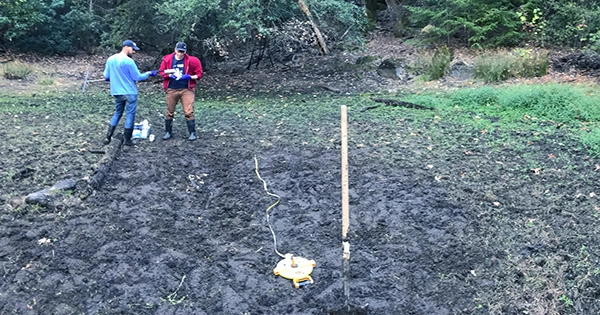Insects and plants rely on oil to keep them alive until their natural demise, when bacteria, fungi, and other decomposers take over and disintegrate them back into the earth. Oil is a thriving ecology of life and death. Auxiliary metabolic genes are specialized genes that viruses use in this intricate system that are essential to their metabolic functions but do not obstruct reproduction (AMGs).
Although it is very challenging to understand them, scientists have hypothesized that these genes may play a significant role in important soil processes. Until a recent study, that is.
A group of scientists from Stanford Synchrotron Radiation Lightsource (SSRL) succeeded in revealing the atomic structure of a protein expressed by an AMG in soil viruses in a publication that was published in the journal Nature Communications, providing an unparalleled look at its activity.
The scientists generated an exact structure of the protein by creating an X-ray image of it using the Lightsource’s X-rays, or rather, 5,000 separate scans that were then put together.
The discovery of some completely novel structures in this particular protein allowed the researchers to finally look into the details of this mysterious family of genes, including how they might interact with other bacterial and viral genes and any new sections that aren’t yet known.
Clyde Smith, a senior researcher at SSRL and a co-author, stated in a statement, “We saw the location of every atom in the viral protein, which helps us figure out how it acts.
We were shocked to see that while the protein comprised some entirely new components, it also resembled known atomic structures of related bacterial and fungal enzyme families.
The protein in question is probably chitosanase, which breaks down the structural chitin that builds up fungal cell walls and insect exoskeletons.
Every day, a huge number of insects perish and fall into the earth, and it takes specialized tools to remove their strong exoskeletons. This protein may help plants grow by preparing the soil and enabling the spread of new life. To completely understand why AMGs exist and their function in the soil ecosystem, additional research will be required as the function of the unique areas in the protein is yet unknown.
Answers to questions like these will help us understand more about how the many microorganisms in the soil interact, how nutrients and other vital molecules travel through the soil, and how healthy the soil is overall.















